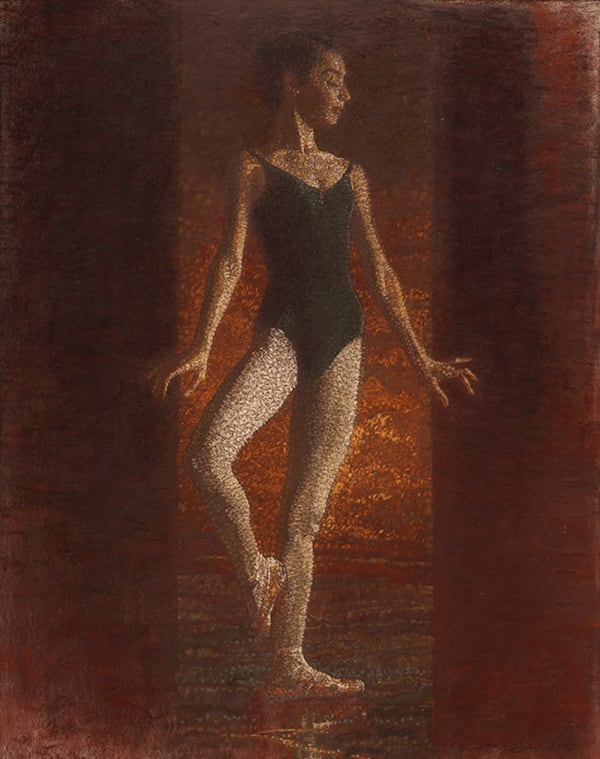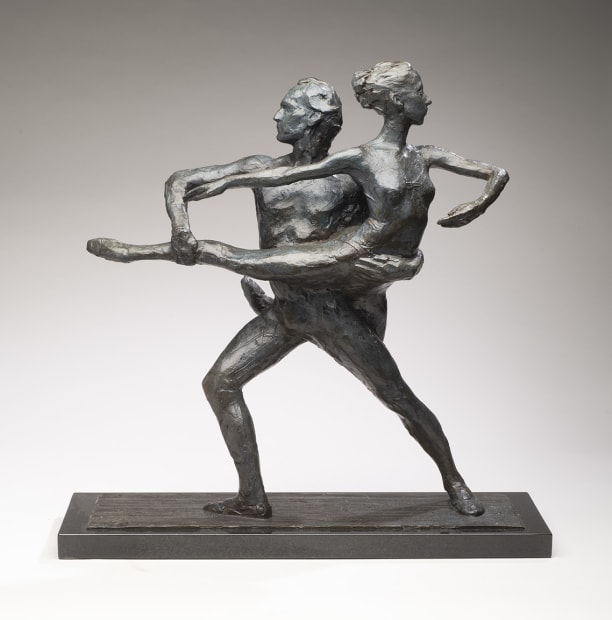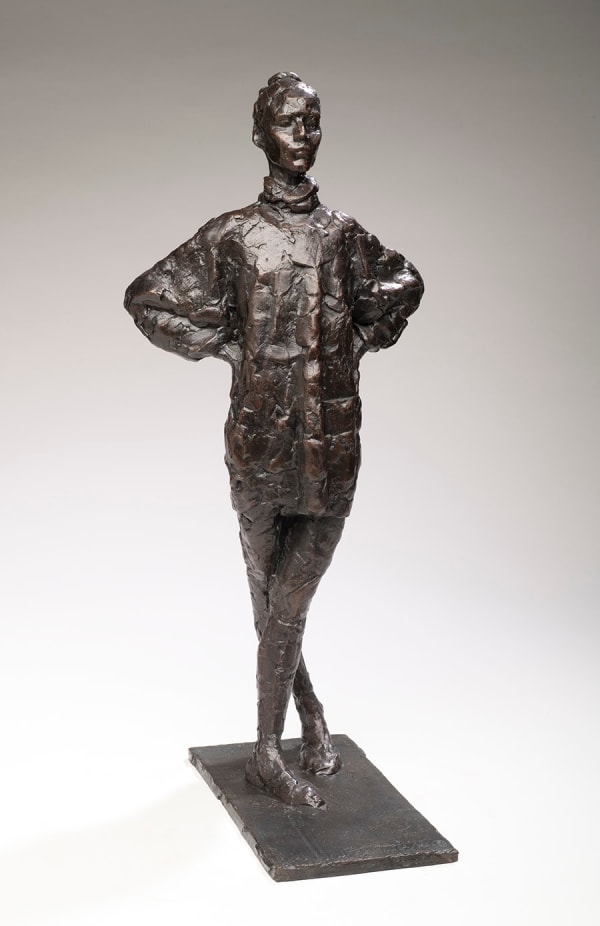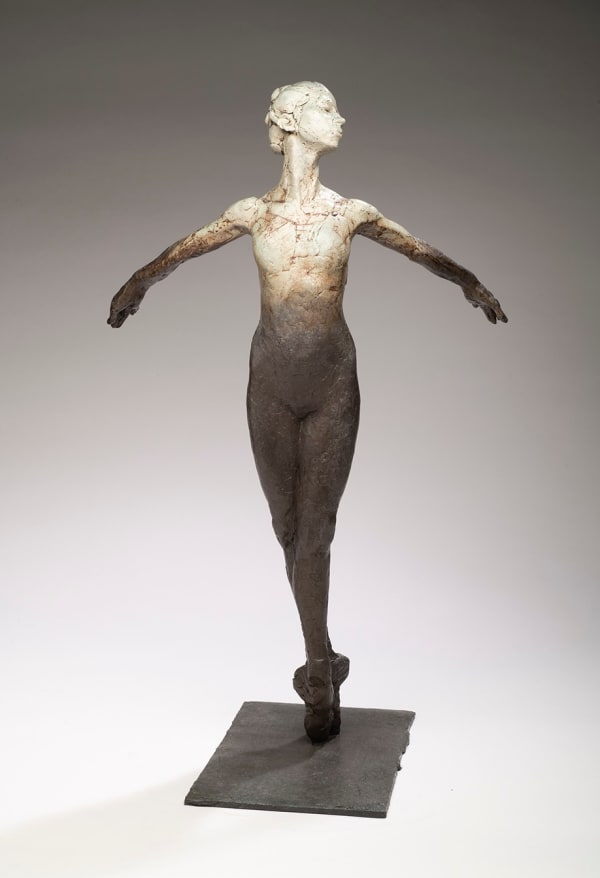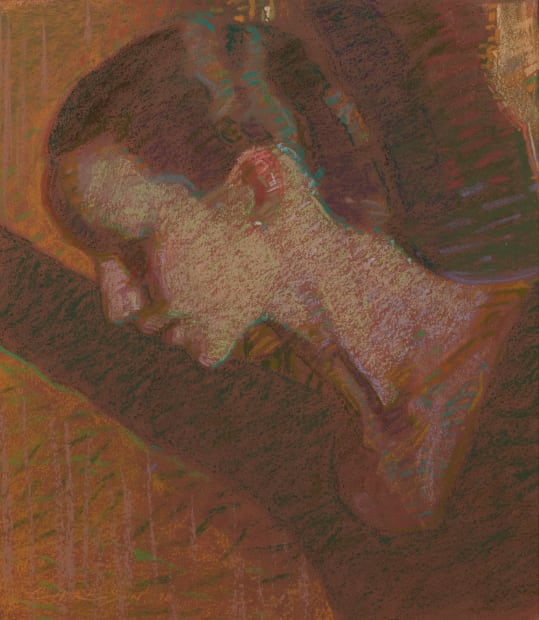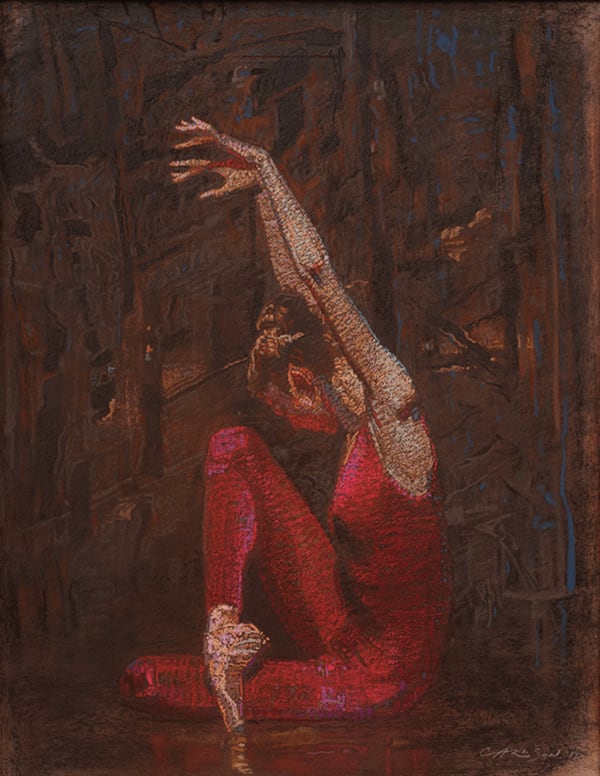Throughout his career, Carlson's work has often been inspired by his deep immersion in the world's indigenous cultures and his exploration of the transformative power of dance. His fascination with movement began early and led him on a series of cultural expeditions, where he observed the rituals and dances of Native American peoples, including the Hopi Snake Dance and the dances of the North Plains and Pueblo cultures. His time spent with the Tarahumara people of Mexico, living in a tent for extended periods, further shaped his artistic vision. He recalls the profound impact of experiencing their Deer Dance: "It was deep-rooted and emotional. Their rendition of the Deer Dance with its believable choreography of a deer being pursued and then giving into the throes of death could match any production by a modern dance company."
Carlson's interest in dance took a pivotal turn when he was introduced to the world of neoclassical ballet in New York, specifically at The School of American Ballet (S.A.B.). Immersing himself in this rigorous training environment, Carlson observed the discipline of ballet up close, forging relationships with dancers who would later model for his works. "It was a privilege," Carlson reflects on his time at S.A.B., "to be allowed into the world of these exceptional dancers and to see how each dancer expressed their humanity through movement."
This period marked the beginning of a new chapter in Carlson's artistic career, one that would result in a series of sculptures, pastels, and drawings based on his observations of ballet. His models, many of whom went on to prominent careers with companies like the New York City Ballet and American Ballet Theater, brought an unparalleled grace and energy to Carlson's work. As he describes, "By being mindful of how the students carried out Suki's instructions... I found that certain dancers favored a repeated stance evoking their individual body signature."
Carlson's collaboration with the dancers and his sensitive observation of their movements led to a unique body of work that captured the essence of their artistry and personalities. One of his mentors, Suki Schorer-Balanchine's former principal dancer-remarked, "George, you came into my garden and picked my best flowers."
 Reflective Image, d. 1998Pastel on Canson paper
Reflective Image, d. 1998Pastel on Canson paper
 Head of a Ballerina, d. 1998Pastel on Canson paper
Head of a Ballerina, d. 1998Pastel on Canson paper



